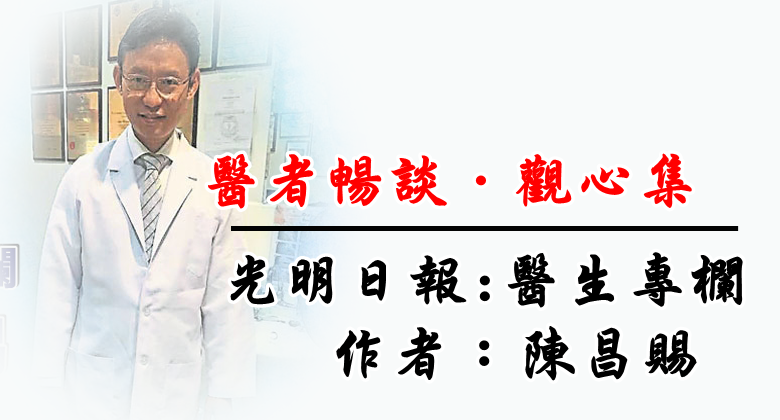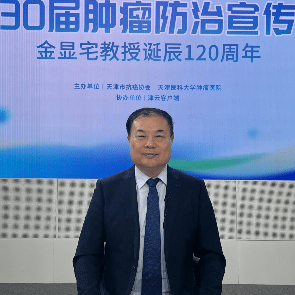[Special Topic on Orthopedics and Traumatology]The Department of Orthopedics and Traumatology of Traditional Chinese Medicine looks at the local part and finds the source of the disease as a whole to help patients bid farewell to their pain.
![[Special Topic on Orthopedics and Traumatology]The Department of Orthopedics and Traumatology of Traditional Chinese Medicine looks at the local part and finds the source of the disease as a whole to help patients bid farewell to their pain. [Special Topic on Orthopedics and Traumatology]The Department of Orthopedics and Traumatology of Traditional Chinese Medicine looks at the local part and finds the source of the disease as a whole to help patients bid farewell to their pain.](https://webcdn.guangming.com.my/wp-content/uploads/2024/03/33643411522-780x420.png)
Text: He Jianxing Compiled by: Liang Yingxiu
(Kuala Lumpur News) It is the wish of every patient who suffers from orthopedic injuries to be able to solve physical pain immediately, whether it is low back pain, knee pain or fracture, etc. However, solving the current pain does not mean solving the cause of the disease.
Therefore, as a doctor, I hope to see the whole from the part, find the problem during the treatment process, and prescribe the right medicine to solve the source of the disease, so that the patient can say goodbye to pain and regain health.
Pain can directly reflect the current condition of the body, such as low back pain, knee pain or acute sprain. For patients who are in constant pain, anything that can relieve pain is the “best treatment.”
In the past, after Guan Gong of the Three Kingdoms was poisoned by an arrow, he asked doctors to scrape his bones to cure the poison while playing chess and drinking. It is impossible to find out whether it is a myth or a real person. However, it is absolutely true that ordinary people cannot endure pain. However, if the treatment only lasts In the words of “treat the head for a headache and the foot for a sore foot”, there is still a long way to go before a truly comprehensive treatment. If the source of the disease is not solved, won’t it just allow the disease to reoccur?
In modern times, the Department of Orthopedics and Traumatology of Traditional Chinese Medicine combined the theories left by the predecessors and more clinical practices to integrate a new treatment perspective, namely the “three-dimensional structural network of the body”, which not only focuses on solving the patient’s current pain, but also integrates The patient’s overall injury must be included in the treatment, and the pain area can be traced back to the source of the disease. This new set of structural network concepts was originally created by Lin Liangchuan, a famous orthopedic surgeon in Taiwan. The purpose is to use this unique method (also Called Lin’s technique), the patient’s symptoms of soreness, numbness, itching and even pain are relieved, and then the source of the disease is found from the symptoms to provide targeted treatment, thereby restoring the patient’s health.
My right foot was sprained and my left foot came to the rescue.
Norman Lim Chiang Fong, a doctor of traditional Chinese medicine for orthopedics, said that human skin contains tissues such as muscles, bones, internal organs, blood vessels, fascia and sarcolemma. These tissues are dense, complete and even interlocking. They are held in different positions by fascia. Fascia is a layer of fibrous connective tissue that runs through the body. It is like a ubiquitous network, and there is even fascia connecting the muscle membranes.
“There are two points that need to be noted in the perspective of the body’s three-dimensional structural network, namely the pain threshold and the compensatory mechanism. The former is also referred to as the pain threshold. When the human brain receives the signal of being “attacked”, the body will naturally initiate protection. The purpose of the mechanism is to make a response to the resistance reaction, and the pain threshold is the degree to which a person can withstand the internal tension. If this pain threshold is exceeded, pain will begin. Therefore, when the person’s fascia and muscles are tightened, pain will begin. The tension exceeds his pain threshold, and he will experience unbearable pain.”
He used a simple example. A person has a sprained right knee. Due to the activation of the compensatory mechanism, the muscles of the right foot will be restrained or locked, and the muscles of the left foot will come to the rescue and share the pain of the sprained right knee. , allowing the patient’s right knee to relax.
“However, if the compensation lasts for a long time, it will become overcompensated. The muscles and fascia of the left foot will become tight, and tension will occur, causing the patient to feel pain in the left foot. But in the final analysis, it is actually the right foot that is ‘to blame’. If the doctor fails to identify the problem and only gives the patient a series of treatments for left foot pain, such as therapeutic massage techniques and acupuncture, the treatment effect is often unsatisfactory because the cause of the disease is not targeted.”
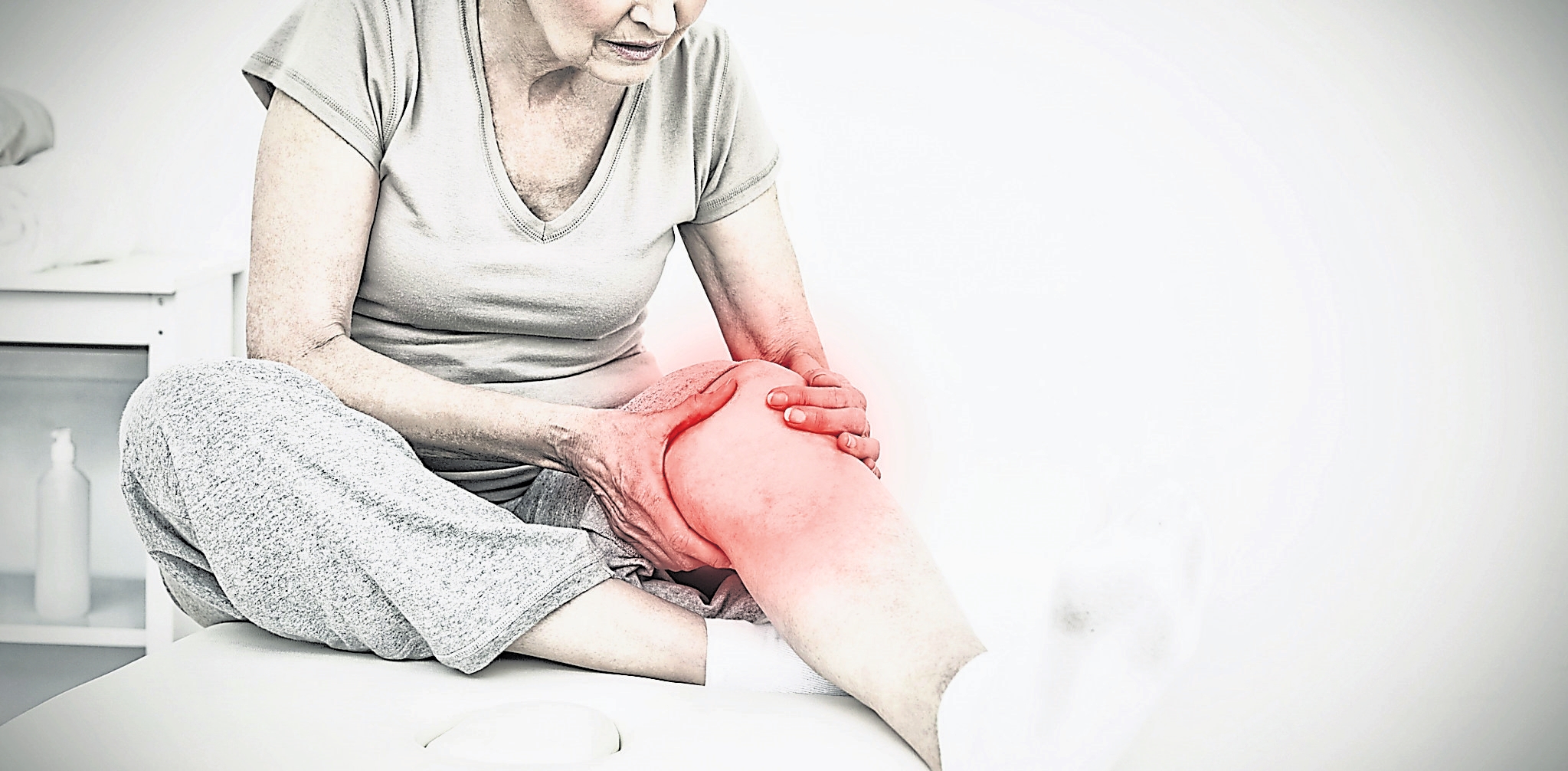
Contrast muscle tone with palpation
“This is why some patients who clearly seem to have only low back pain, during treatment, doctors need to make adjustments from the soles of the feet, legs to thighs, etc., because the source of the patient’s low back pain is in the lower limbs. If the tension generated by the fascia is not released, And treating only the painful area can only achieve a temporary therapeutic effect.”
He pointed out that based on the perspective of the three-dimensional structural network of the body, the source of the disease must be traced to completely resolve the pain, or more directly, it is to look at the whole (whole person) from the part (an injury).
However, the so-called structural disorder of tissues does not mean bone displacement or dislocation, which cannot be seen even in X-rays or other tests. However, doctors in the Department of Orthopedics and Traumatology of Traditional Chinese Medicine can compare muscle tension through palpation and observe the patient’s limbs through visual inspection. Axis, observe the distribution of tension by rotating the pelvic spine.
Usually friends who are keen on badminton will occasionally feel discomfort in the interscapular area on the side where they are not holding the racket (such as the left shoulder of a right-hander) due to less muscle use. However, no abnormality can be seen when taking X-rays or examinations. . “This is because the muscles on both sides of his body do not contract symmetrically, and the body structure will be skewed and rotated. The reason for this change is mainly because the muscles are in a state where they cannot relax and restore, which pulls the fascia system out of balance. of.”
What is the difference between orthopedics in Western medicine and orthopedics in traditional Chinese medicine? He explained that compared with Western medicine orthopedics, which focuses on relieving patients’ pain and discomfort, or when patients find structural changes after examination and require surgical intervention, traditional Chinese medicine orthopedics focuses more on functional exercise of the patient’s structure, including exercising muscles and joints, such as The patient’s muscles on one side are tight due to the compensatory mechanism on the other side. The doctor can improve it through manipulation or acupuncture, which can slow down the progression of the disease and also achieve the effect of controlling pain.

Women who are overweight after menopause are prone to bone injuries
When should I consult a Western orthopedic surgeon? When should we seek help from Chinese medicine for orthopedic injuries?
He gave an example. When a motorcycle rider is sent to the hospital after a traffic accident, the first thing to do is to check whether there is any injury to the head. The second step is to check whether there are other bone injuries. If he has a muscle strain or sprain or a relatively minor injury, For bone injuries, TCM orthopedics can still treat them through bandaging or manual reduction, but if an open fracture or serious injury occurs, Western orthopedics will need to intervene, which includes disinfection, debridement, sutures, and surgery.
He said that among other lower limb orthopedic injuries, anterior knee pain (patellar joint) is one of them and is also a common orthopedic problem in female patients, especially postmenopausal or overweight women. Its causes include internal and external injuries. , Internal injuries are mainly caused by long-term strain and incorrect posture, but they are related to the disorder of the body structure. As for external injuries, they are mostly caused by falls, but if a person’s posture has been deviated due to structural disorder, such as walking or standing incorrectly, Then his chance of falling will also increase.
The human knee is an important joint that bears weight, and structural disorders have a greater impact. The Department of Orthopedics and Traumatology of Traditional Chinese Medicine can intervene to provide structural adjustment or functional repair.
“In addition, if children between 2 and 12 years old have incomplete joint development in childhood, it will easily lead to transient synovitis of the hip joint (a self-limiting inflammatory disease of the hip joint). If there is no Timely adjustment will cause the child to have a high chance of having long and short feet. It should be noted that hip displacement does not mean dislocation, but is caused by the tension of the hip joint caused by the stretch of the human hip muscles and the tightness of the outer thigh muscles. Stretch and stretch.”
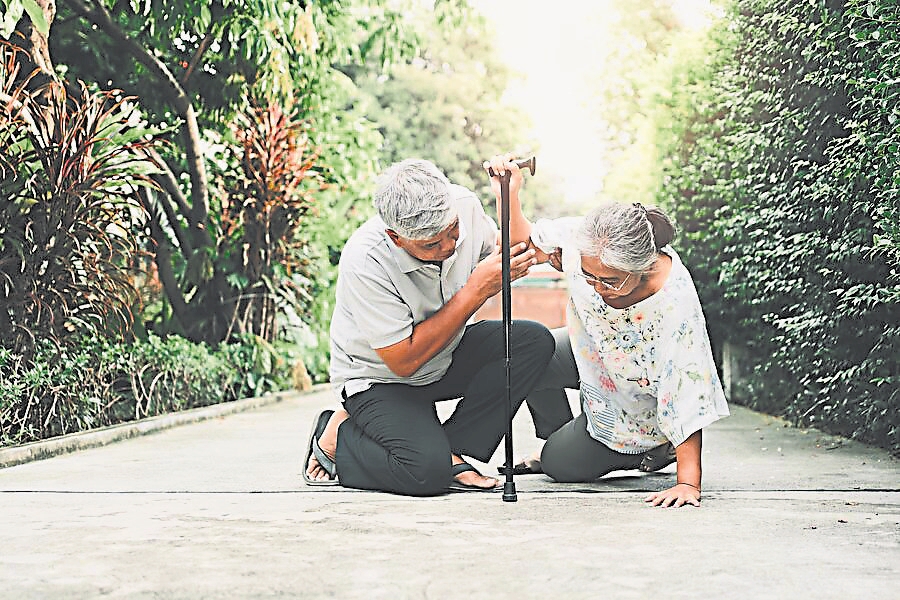
Joint damage linked to alcohol abuse
He pointed out that in general, damage to the hip joint is less likely to be caused by strain. For the elderly, damage to the hip joint is mainly caused by external injuries, such as a fall that results in fracture of the hip joint. “As for damage to the hip joints of middle-aged and young men and women, it is often related to alcohol abuse. This is because the blood circulation in the hip joint will be poor. If you drink alcohol for a long time, blood lipids will be formed, which will affect the blood circulation and reduce the blood supply to the hip joint. , the hip joint will become necrotic in the long run. The last situation is the long and short feet mentioned before, which also puts a lot of pressure on the lower limbs and pelvis, which will lead to more serious injuries in the long run.”
“Usually, if the hip joint is seriously damaged, the treatment method is still mainly Western medicine surgery. Traditional Chinese medicine orthopedics is more about repair or improvement after surgery. Damage to the hip joint is a very difficult injury for traditional Chinese medicine or Western medicine. .”
He said that the most common treatments in the Department of Orthopedics and Traumatology of Traditional Chinese Medicine include massage techniques (including Lin’s technique), cupping, acupuncture, moxibustion, warm acupuncture, electroacupuncture, etc. When necessary, acupuncture at the Weizhong point will be used to cause bloodletting in acute cases. , moxibustion and warm acupuncture can help improve symptoms of cold paralysis caused by low temperature (such as in Europe and the United States), but in general, massage techniques still need to be used to adjust the body structure, just like wrinkles in clothes. Pull it to flatten it, and the same goes for the body structure. It must be remembered that in the world of traditional Chinese medicine, the more painful the pressure, the better (such as some massage methods). This is a misconception that needs to be corrected.


Rehabilitation after surgery
Traditional Chinese and Western medicine work side by side
Since Western medicine orthopedics and traditional Chinese medicine orthopedics have different views and emphasis on treatment, can the two “fight side by side”? The answer is yes.
The most common example is that after a patient undergoes a series of examinations in the orthopedic department of Western medicine, including X-rays, computed tomography (CT Scan) or magnetic resonance imaging (MRI), and undergoes related treatments such as surgery or does not require surgery for the time being, then At this time, the Department of Orthopedics and Traumatology of Traditional Chinese Medicine can participate in the recovery process of the patient’s bones, muscles and other functions. After all, in terms of rehabilitation, the advantages of the Department of Orthopedics and Traumatology of Traditional Chinese Medicine will be more obvious.
Traditional Chinese Medicine Provides Complementary Treatment
It is worth noting that, thanks to a series of tests conducted by Western medicine, the Department of Orthopedics and Traumatology of Traditional Chinese Medicine can have a clearer understanding of the patient’s true condition during intervention, so as to provide reasonable auxiliary treatment.
Lin Jiangfeng pointed out that there is another situation where the patient has been treated in the Western Orthopedics Department, but when a second opinion is needed, the Traditional Chinese Orthopedics Department can also give appropriate suggestions to maximize the benefits for the patient through Traditional Chinese and Western Medicine treatments.
Next, if the patient first seeks treatment at the Department of Orthopedics and Traumatology of Traditional Chinese Medicine, but the doctor finds that the patient’s condition is serious enough to require surgery, he then advises the patient to consult a Department of Orthopedics and Traumatology of Western Medicine. This is another example of cooperation between Chinese and Western medicine. In short, TCM orthopedics plays an indispensable role in the treatment of orthopedics.
Baduanjin reduces orthopedic injuries
However, what daily exercises will be given by the Department of Orthopedics and Traumatology of Traditional Chinese Medicine to reduce orthopedic injuries? It should be noted that any competitive sports are constantly challenging one’s own limits, which also means that the muscles will become tighter and tighter due to pulling, and even cause disorder of the body structure. This is why nowadays, before starting competitive sports, , more and more emphasis is placed on warm-up and stretching, the purpose is to avoid unnecessary sports injuries.
Exercises such as Baduanjin, yoga or Tai Chi are exercises that can reduce orthopedic injuries. These relatively static exercises can not only move the joints of the whole body, but also do not affect the body structure. Therefore, they are also exercises specially recommended by the Department of Orthopedics and Traumatology of Traditional Chinese Medicine, especially Baduanjin.
He often recommends that patients with orthopedic problems reduce weight-bearing exercises, as this will cause increased pressure on the knee joints, so special attention must be paid. However, for the elderly, it is feasible to maintain daily foot swinging movements.
The specific action is to first find a stable and reliable chair, then maintain the correct sitting posture, swing your feet first, then straighten one leg and lift the instep up, fix it for a few seconds and then repeat the same action. This set of actions The advantage is that it can exercise the activities of the feet and strengthen the quadriceps muscles of the knees, which is a good exercise.
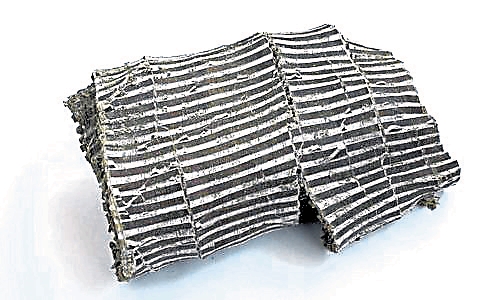
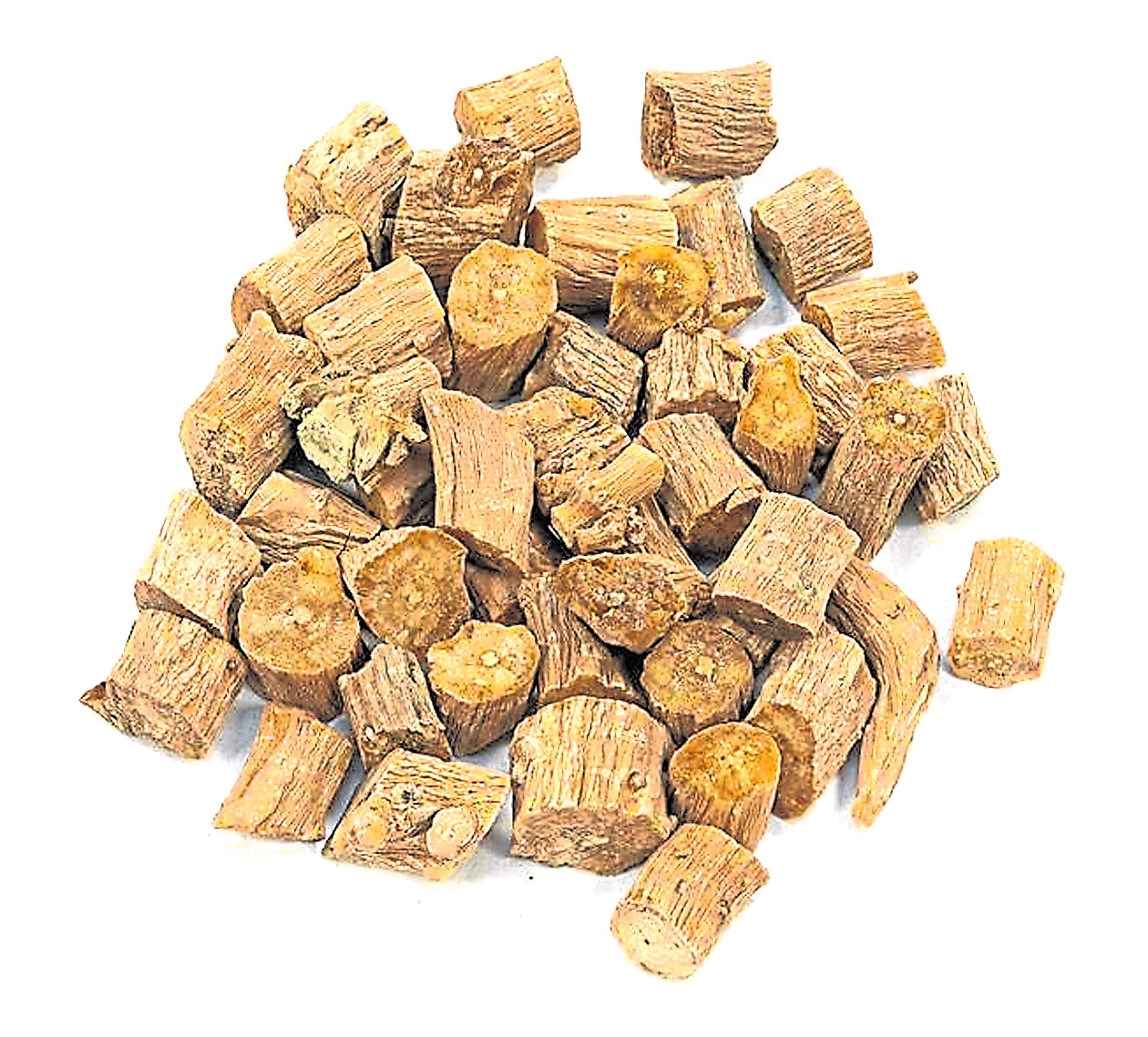

Eucommia Achyranthes Decoction strengthens liver and kidney function
As for dietary therapy, it can be divided into general dietary therapy and prescription drugs. In terms of general dietary therapy, Eucommia Achyranthes Soup is one of the recommended soups.
According to the “Huangdi Neijing”, the liver governs tendons and the kidneys govern bones, and Eucommia ulmoides and Achyranthes bidentata are beneficial to strengthening liver and kidney functions, so they are suitable for a family to take. Next, the Eucommia Jianyao Decoction and Liver-Nourishing Kidney Decoction that can be found on the market are also good choices, and the theory is also related to tonifying the liver and kidneys.
Daily routine affects bone injuries
Lin Jiangfeng reminded that prescription drugs must be diagnosed and treated by a Chinese medicine practitioner before they can be prescribed. However, for ordinary elderly people, Duhuo Jisheng Decoction is one of the common prescription medicines for orthopedics, but the dosage and compatibility must be checked by a Chinese medicine practitioner; in addition, in Turmeric has been mentioned in traditional and complementary therapies as having beneficial effects on inflammation, so it may also be considered.
“In addition, some daily routines or habits in life can also affect bone injury problems, including structural disorders. For example, men often put their wallets in the back pocket of jeans (affecting the pelvis), or have the habit of crossing their legs and half-lying and half-sitting postures. “
All in all, although orthopedic problems are emerging one after another, more and more recognized treatment methods have been born, including clarifying the concept of body structure and other traditional Chinese medicine orthopedics perspectives. However, the key is for patients to seek medical treatment through the correct channels.
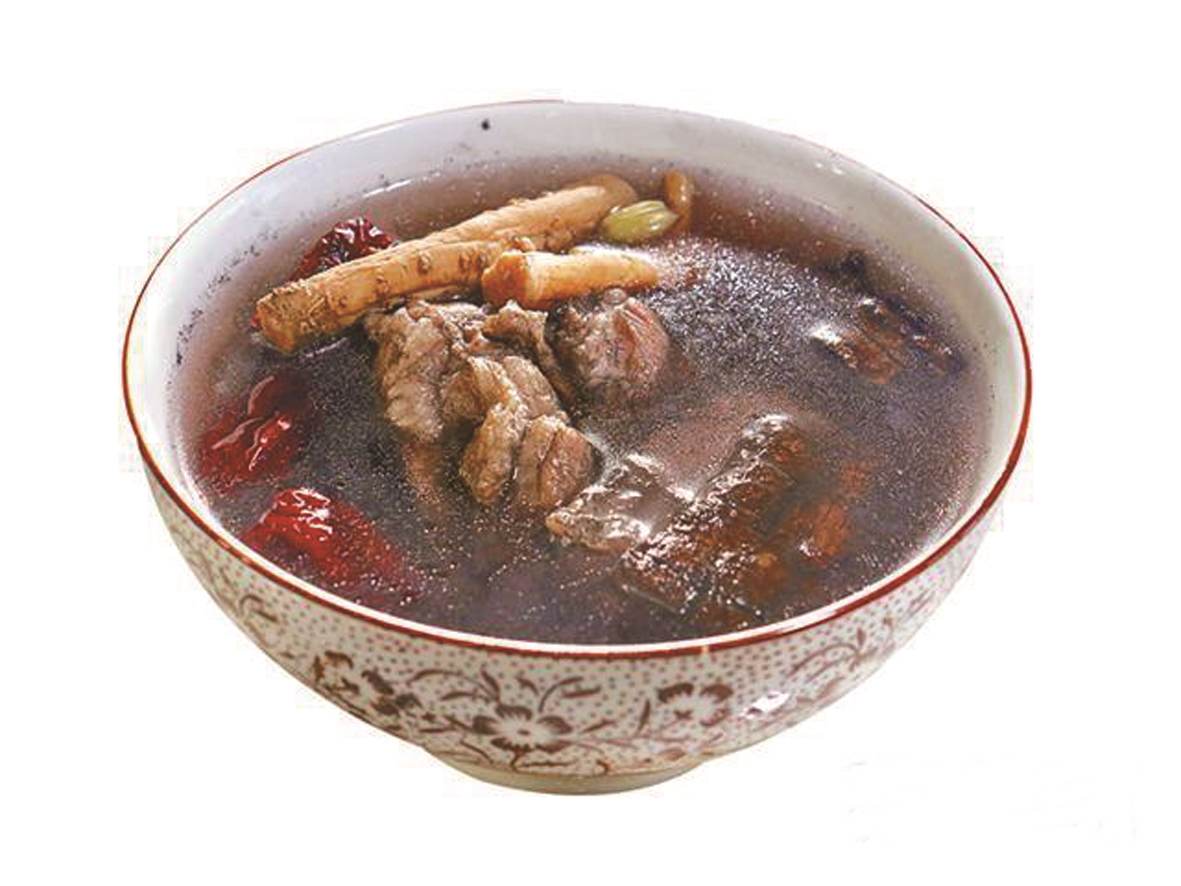
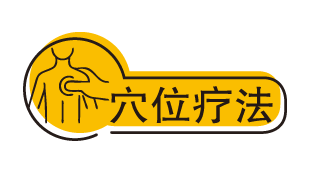
The strongest longevity point
Massage 3 times a day to maintain health and cure diseases
The Yellow Emperor’s Internal Classic mentions: “The healthy qi is stored in the body, and the evil cannot be removed.” Traditional Chinese medicine emphasizes that unblocked meridians and harmonious qi and blood can strengthen the body.
Acupoint massage is the most commonly used method to unblock meridians. Do you know how many acupuncture points there are in the human body? There are nearly 400, among which more than 150 special effect points are most commonly used. Fu Yecheng, a resident physician at the Department of Traditional Chinese Medicine at Hualien Tzu Chi Hospital, shared that regular pressure and stimulation of the Zusanli point, known as the “longevity point,” can help prolong life and achieve health benefits.
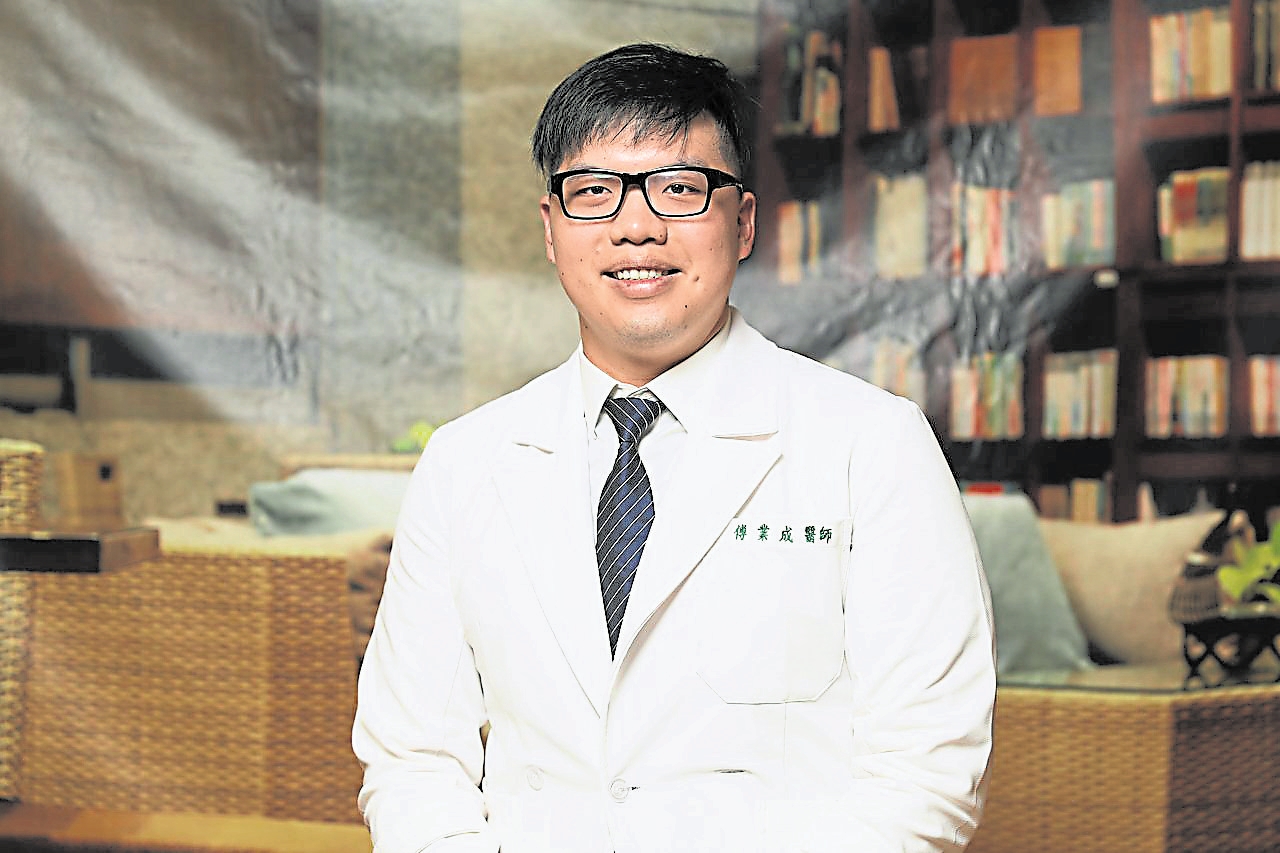
Helps stimulate appetite and delay dementia
The Zusanli acupoint is located on the front and outside of the calf, four fingers down along the dimple on the outside of the knee, and about one finger across the side of the tibia. This acupoint belongs to the intersection of the meridians of the whole body, and it also has the Zuyangming Stomach Meridian among the twelve main meridians. pass.
Regular massage can regulate the spleen and stomach and improve indigestion problems, including bloating, diarrhea, abdominal pain, constipation and stomach burning. When there is a loss of appetite, massaging the Zusanli point can also improve appetite.
Fu Yecheng said that Zusanli acupoint is known as “the simplest secret of longevity” because the acupoint is located on the stomach meridian from the feet to the abdomen, chest and face, and can send massage force to the deep organs.
There is a close connection between gastrointestinal function and the brain. Zusanli acupoint helps improve cognition, delay dementia, and promote sleep. It is also one of the most commonly used acupoints for treating dementia. If you want to slow down brain degeneration, you can start from Zusanli Start at the acupuncture point.

Warming acupuncture points with a hair dryer has the same effect
Fu Yecheng said that massage and health care at Zusanli point can be divided into three types: upper, middle and lower, which means combing the upper, middle and lower parts of the human body.
For pain and distension in the upper abdomen, use your fingers to press the Zusanli point while applying force upward. For pain around the navel, use your fingers directly perpendicular to the calf to press the Zusanli point. For discomfort around the lower abdomen, when pressing the Zusanli point, extend the force downward.
There are many techniques for acupoint massage, mainly kneading, pointing, pinching, and cutting, and applying force with both hands in a gentle and vigorous manner. “Moxibustion health care method” is also a common treatment method for acupuncture health care in traditional Chinese medicine. Burning mugwort is placed close to the skin of the acupuncture points, so that the heat energy can enter the meridians through the acupoints.
Fu Yecheng reminded that when performing moxibustion at home, special attention should be paid to fire safety and the risk of burns. It is recommended to use a hair dryer instead. When the skin feels warm, turn it off. Repeat the operation three times to obtain health care effects.
Text◇Liao Jingqing “Yuanqi Network”

![[Love Wants Sexual Happiness Series 358]Find the culprit and overcome psychogenic erectile dysfunction. Don’t let pressure affect your sexual happiness. [Love Wants Sexual Happiness Series 358]Find the culprit and overcome psychogenic erectile dysfunction. Don’t let pressure affect your sexual happiness.](https://webcdn.guangming.com.my/wp-content/uploads/2024/04/171111-780x420.jpg)
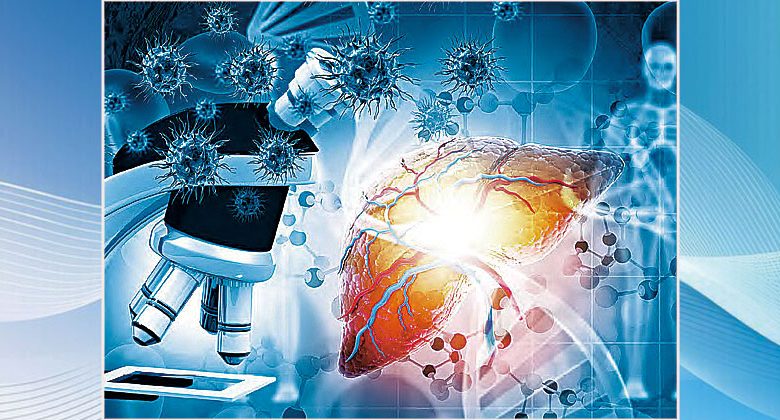
![[Wanqingyi Care]My health, my rights, customized medical methods in the last stage of life [Wanqingyi Care]My health, my rights, customized medical methods in the last stage of life](https://webcdn.guangming.com.my/wp-content/uploads/2024/04/ZZ1-100-780x420.jpg)
![[Kidney Transplantation Special Topic]The survival rate of transplanted kidneys is high without dialysis treatment three times a week [Kidney Transplantation Special Topic]The survival rate of transplanted kidneys is high without dialysis treatment three times a week](https://webcdn.guangming.com.my/wp-content/uploads/2024/04/1311-780x420.jpg)
